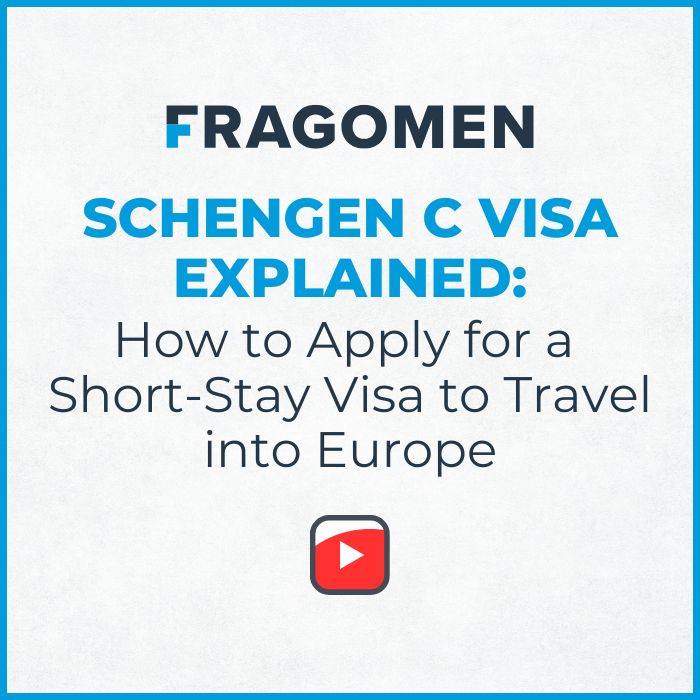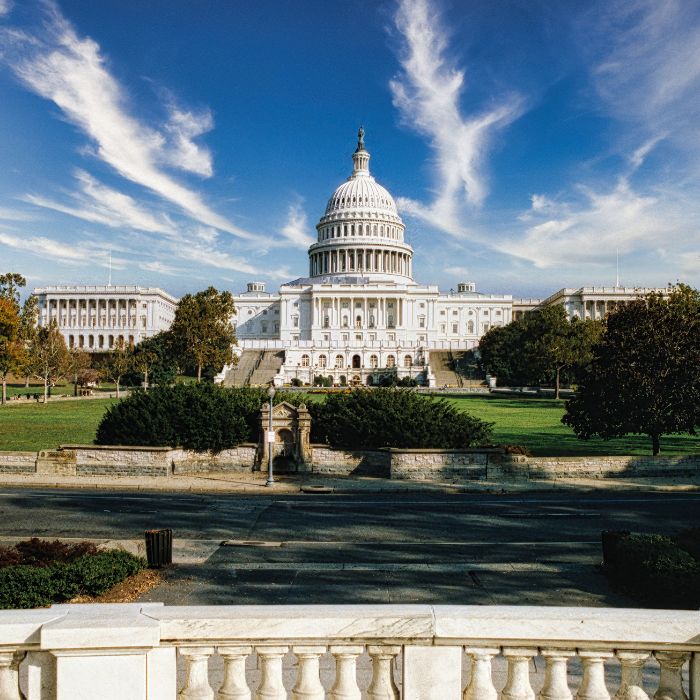
Country / Territory
Related contacts
Related contacts
By: Alessandra Rüede
The Swiss quota system – the number of quotas released by the Swiss Federal Council shared among the country’s 26 Cantons – applies to anyone wishing to live and work in Switzerland for longer than four months. Exempt from this rule are EU27/EFTA nationals (except Croatian nationals) who are employed with a local employment contract. There are two types of quota permits: short-term L permits and long-term B permits, which are divided between the federal government and the individual cantons.
Understanding how the quota system works and how many permits are available to different groups of nationalities is crucial for companies planning future hires in Switzerland. As we near the middle of the year, the Swiss State Secretary for Migration has released the latest statistics for the first quarter of the year.
Third-country nationals
For third-country nationals, the number of available B and L permits has not changed compared to 2022. Hence, at the beginning of 2023 there were 4,500 B quotas and 4,000 L quotas available.
Until end of March 2023, 806 L quotas and 855 B quotas were used. This adds up to 12% of B quotas and 13% L quotas used, while 25% of the year has passed. The Federal Level thus still has 2’485 B quotas and 1’915 L quotas available, while the cantons have another 1’160 B quotas and 1’279 L quotas left. In addition to these, there are 388 B quotas and 803 L quotas left from last year.
EU27/EFTA nationals
EU27/EFTA nationals benefit from the Agreement on the Free Movement of Persons and are therefore quota-exempt, but this only applies in case of a local employment contract and not to Croatian nationals (see further below). In the case of a posting in Switzerland (with an employment contract abroad), the rules of the Foreign Nationals and Integration Act (“Ausländer- und Integrationsgesetz”, AIG) apply and therefore work permits for EU27/EFTA citizens on assignment in Switzerland are also subject to quotas.
For EU27/EFTA nationals on assignment, the Federal Council has approved 500 B residence permits and 3’000 L short-term residence permits for the year 2023 – as it did last year. These quotas are released on a quarterly basis and are jointly available to all Swiss cantons.
The last statistic published by the State Secretariat for Migration at the end of March 2023 shows that 45 B quotas and 409 L quotas have been used so far, 9% and 14%, respectively. The number of quotas available for the rest of the year (including quotas left over from 2022) are 659 B quotas and 3’940 L quotas.
UK nationals
Since the Brexit implementation as of 1 January 2021 UK nationals are subject to separate quotas in Switzerland. For 2023, 2’100 B quotas and 1’400 L quotas were available, same as the year before. Out of these, 143 B quotas (7%) and 81 L quotas (6%) had been used by the end of March 2023. As such, 1’957 B quotas and 1’319 L quotas are still available for the rest of the year.
Croatian nationals
While the restrictions on the freedom of movement to Switzerland for Croatian nationals were suspended as of 1 January 2022, these restrictions have been reinstated as of 1 January 2023. The quotas available to Croatian nationals for the year 2023 have been limited to 1’053 L quotas and 1’204 B quotas.
By the end of the first quarter of 2023, 110 L quotas out of the 252 released L quotas had been used, which adds up to 44% for the first quarter. Of the 288 released B quotas, 100% had been used, so any new applications had to wait for the release of new quotas in the second quarter.
Need to know more?
For any questions regarding the developments of available quotas or other immigration-related topics, please contact Immigration Consultant Alessandra Rüede or the Fragomen Swiss Immigration team.
This blog was published on 22 May 2023, and due to the circumstances, there are frequent changes. To keep up to date with all the latest updates on global immigration, please visit our dedicated COVID-19 site, subscribe to our alerts and follow us on LinkedIn, Twitter, Facebook and Instagram.
Country / Territory
Related contacts
Related contacts
Explore more at Fragomen

Media mentions
Partner K. Edward Raleigh commented on proposed changes to US entry requirements.

Video
Business Immigration Consultant Marisa Gizzi from Fragomen explains everything about the Schengen C Visa: who needs it, how to apply and key travel tips to stay compliant in the Schengen Area.

Media mentions
Partner Rick Lamanna discussed Canada’s $1B plan to attract global researchers.

Blog post
Manager Alex Hood, Senior Associate Kimberley Ong and Immigration Paralegal Ataa Rajput explain the final extension and settlement deadlines for UK Tier 1 Investor visa holders and outline who can still qualify and why early action is essential.

Media mentions
Partner K. Edward Raleigh on how the $100K H‑1B fee factors into hiring international talent.

Media mentions
Managing Director Magdalene Tennant and Director Kitty Lo highlight Hong Kong as an attractive destination for global investors.

Blog post
IPM Business Process Manager Hazel Yaman outlines key visa, work authorisation and border considerations for athletes, media, event staff and spectators travelling to Italy for the Milan–Cortina 2026 Olympic and Paralympic Winter Games, including the impact of the EU’s new Entry/Exit System.

Media mentions
Corporate Services Director Elena Caron highlights key considerations for UK nationals moving to the UAE.

Media mentions
Associates Charlotte Roberts and Karina Casey highlight how the UK’s earned settlement proposal may influence global talent and HR planning.

Media mentions

Blog post
Associate Alejandro Hernandez analyses new F and J visa screening practices, including social media vetting by US consulates and proposed DHS changes that could significantly alter admission periods for students and exchange visitors.

Awards
Fragomen Ireland is accredited with IBEC’s KeepWell Mark™, recognizing the practice’s commitment to wellbeing, inclusion and responsible business.

Media mentions
Partner K. Edward Raleigh commented on proposed changes to US entry requirements.

Video
Business Immigration Consultant Marisa Gizzi from Fragomen explains everything about the Schengen C Visa: who needs it, how to apply and key travel tips to stay compliant in the Schengen Area.

Media mentions
Partner Rick Lamanna discussed Canada’s $1B plan to attract global researchers.

Blog post
Manager Alex Hood, Senior Associate Kimberley Ong and Immigration Paralegal Ataa Rajput explain the final extension and settlement deadlines for UK Tier 1 Investor visa holders and outline who can still qualify and why early action is essential.

Media mentions
Partner K. Edward Raleigh on how the $100K H‑1B fee factors into hiring international talent.

Media mentions
Managing Director Magdalene Tennant and Director Kitty Lo highlight Hong Kong as an attractive destination for global investors.

Blog post
IPM Business Process Manager Hazel Yaman outlines key visa, work authorisation and border considerations for athletes, media, event staff and spectators travelling to Italy for the Milan–Cortina 2026 Olympic and Paralympic Winter Games, including the impact of the EU’s new Entry/Exit System.

Media mentions
Corporate Services Director Elena Caron highlights key considerations for UK nationals moving to the UAE.

Media mentions
Associates Charlotte Roberts and Karina Casey highlight how the UK’s earned settlement proposal may influence global talent and HR planning.

Media mentions

Blog post
Associate Alejandro Hernandez analyses new F and J visa screening practices, including social media vetting by US consulates and proposed DHS changes that could significantly alter admission periods for students and exchange visitors.

Awards
Fragomen Ireland is accredited with IBEC’s KeepWell Mark™, recognizing the practice’s commitment to wellbeing, inclusion and responsible business.


